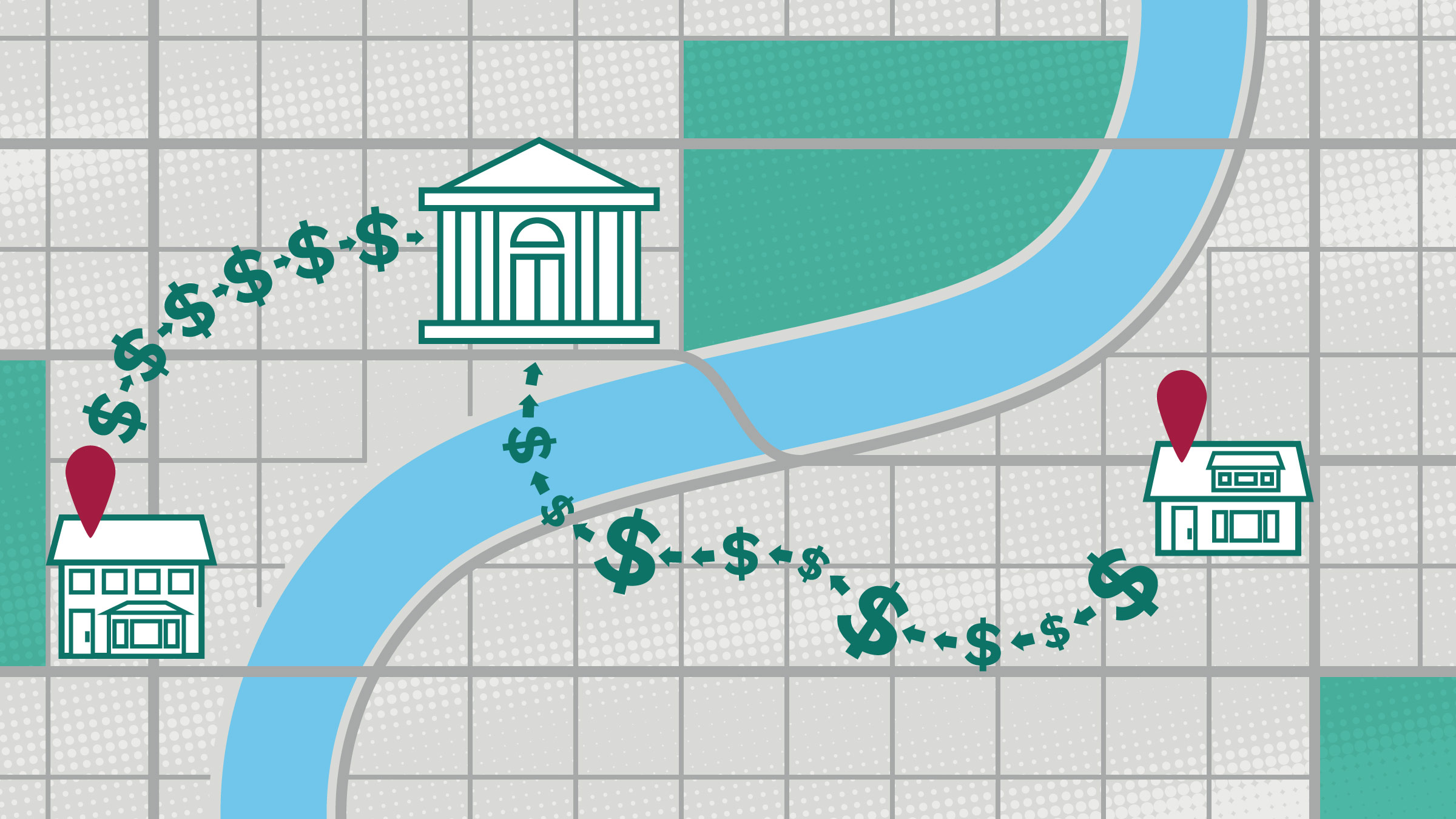Abstract
Typical models of bankruptcy and collateral rely on incomplete asset markets. In fact, bankruptcy and collateral add contingencies to asset markets. In some models, these contingencies can be used by consumers to achieve the same equilibrium allocations as in models with complete markets. In particular, the equilibrium allocation in the debt constrained model of Kehoe and Levine (2001) can be implemented in a model with bankruptcy and collateral. The equilibrium allocation is constrained efficient. Bankruptcy occurs when consumers receive low income shocks. The implementation of the debt constrained allocation in a model with bankruptcy and collateral is fragile in the sense of Leijonhufvud’s “corridor of stability,” however: If the environment changes, the equilibrium allocation is no longer constrained efficient.






